Katara Studios’ Thahasin Kasim in Doha, who recently led an upgrade preparing for 8K and higher resolution workflows, talks about media management, video I/O and the hi-res future.

4K production has continued to grow over the last several years, until now a number of studios are aiming to support 8K as well. Katara Studios in Doha, Qatar is one such facility, and has recently completed the first phase of an upgrade preparing its studios for higher resolution workflows.
Katara Studios launched in 2018 with a full Dolby Atmos facility, initially focussing on multi-studio music recording and 5.1 mixing and mastering. Katara also runs a post facility, fully equipped with edit, audio post, VFX and colour grading suites, and maintains a creative production department that is actively involved in original client-led productions and content creation services.
“We work with a worldwide roster of companies whose projects span music, films and commercials,” said Katara’s Senior Technical Engineer Thahasin Kasim. “One of our latest projects was the FIFA World Cup Qatar 2022 opening and closing ceremonies. The event received praise for its successful organisation and a remarkable opening ceremony message and visuals that reached millions.” The studio’s team helped produce and manage the event, working with talent from around the world. Another major project is a 7-part episodic production ‘The Pact’, which recently premiered on Roku, and several other original projects are currently in the pipeline.
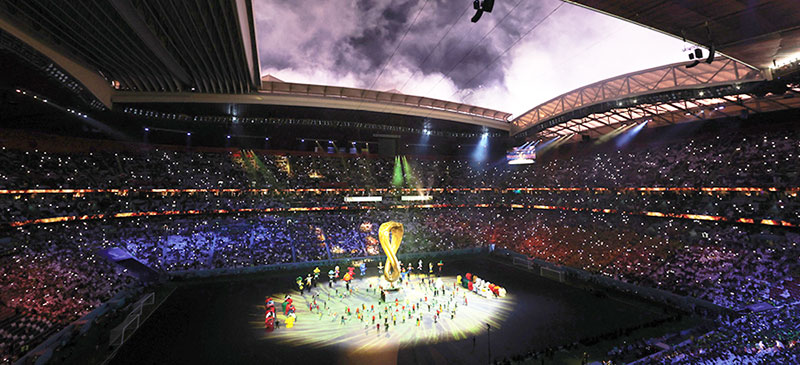
Everyday IT
As Senior Technical Engineer, Thahasin oversees all IT and technical systems, ensuring that the facility’s equipment is running optimally and can handle the project load. “I also manage media, lead technical support and handle IT procurement,” he said. “Katara Studios management places a huge emphasis on maintaining the best gear possible, aiming for outstanding results for clients, so I also spend a lot of time researching new hardware and software products for our recording and post suites. Our equipment is a competitive differentiator that allows us to deliver top-notch work on time, something the company really values.”
Every day at the studio presents Thahasin with new challenges. He starts by checking on tasks scheduled to happen outside of regular work hours such as backups, archives and ensuring the storage server and other servers are running smoothly. Then, moving on to the everyday IT-related tasks, he prioritises them based on urgency and stands ready to handle unexpected issues that arise during recording or post-production, which often need quick fixes.
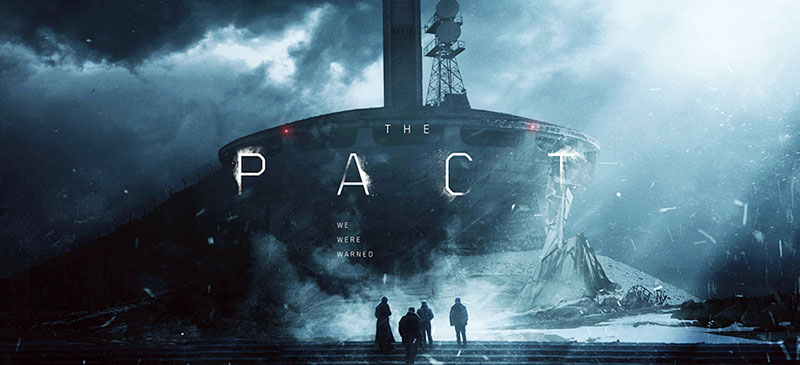
However, being part of a media facility means dealing with a continuously changing variety of projects and solving new problems, which keeps things interesting. He said, “My job is never boring. I invest time in learning about new products and technology updates and finding solutions that can improve daily tasks and enhance post workflows.
“Actually, I enjoy resolving issues for various departments in the post house. It's incredibly satisfying and motivating, especially when the engineers and artists are appreciative. Working with such a talented and passionate team of sound and visual artists is rewarding in itself.”
Managing Media
Media management is the most demanding aspect of the job, as technology is constantly evolving and keeping up with the available storage, backup and archive space in a post house is becoming more complex. The studios now deal with terabytes of data instead of gigabytes, especially with 6K and 8K high bit rate camera rushes in the ingest process.
“Managing media is becoming more challenging, especially when the online department requires the highest quality footage for VFX and colour grading. Avoiding data duplication is crucial to prevent storage from filling up in the post pipeline,” said Thahasin.
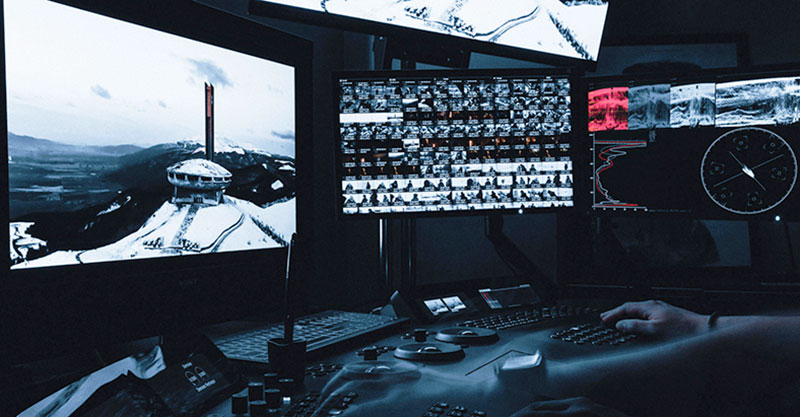
“Katara Studios has always been equipped with up to date systems, but as UltraHD quickly began proliferating, we realised we’d need a facility update to manage an influx of 6K and 8K footage, which creates challenges due to the heavy encoding and file sizes. Our previous edit machines could no longer handle these projects, necessitating an upgrade for editorial, and the sound engineers also faced similar challenges. They struggled to handle sessions with video and multiple audio tracks during mixing sessions, along with their preferred audio plugins.”
The goal was, ideally, to implement a future-proof system based on the latest methods, while maintaining the highest quality of product possible. Ultimately, that meant implementing a full series of updates across their pipeline that have helped the entire post team work faster and more efficiently. The update builds on an existing audio pipeline comprising 400 microphones, a 96-channel Neve console, an API 80-channel analogue console, a 5.1 Maselec mastering console, audio outboards and processors, and 17 Avid Pro Tools rigs for recording and mixing.
Video I/O
Video I/O was going to be a crucial part of the upgrade. Thahasin said, “We looked into new I/O cards and chose the AJA KONA 5, partially because it can handle up to 8K, but also because we’ve used past iterations of AJA KONA cards in our audio systems and had good experiences. I also love that KONA 5 is compatible with a wide range of professional software, and gives us impressive high-resolution, high bit rate video processing. We use KONA 5 across operating systems from Windows to macOS, and Linux. Presently the cards are installed on Sonnet Thunderbolt 3 PCIe expansion chassis with Apple Mac Studio. We already have six KONA 5 cards, with more planned for the second phase of our studio upgrade.”
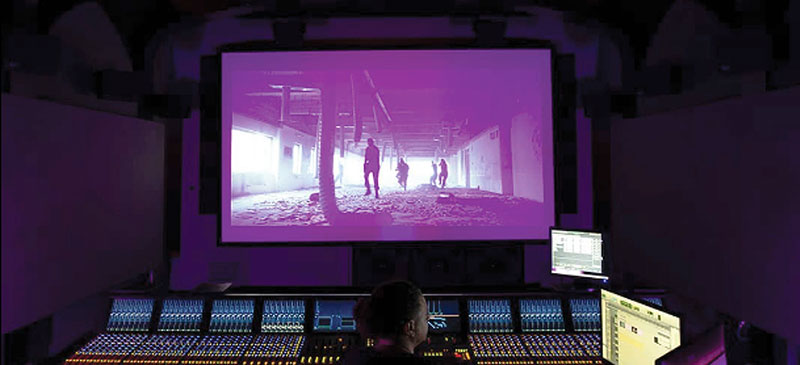
Outside of KONA 5, Katara also uses AJA Hi5-4K-Plus Mini-Converters in the colour grading suites and KONA 4 audio and video I/O cards to give clients an UltraHD output on viewing TVs. This product combination helps by converting 4K SDI to 4K HDMI and also makes HDR options available through AJA’s Mini-Config software. It improves visibility and ensures that what they are sending and viewing on the TV is high quality. They also use AJA Io 4K Plus for mobile recordings and shoots outside the studio.
Pipeline Integration
Reflecting on the outcomes of their upgrade, Thahasin said, “We are now able to deliver a higher level of service and premium content. At the same time, the new infrastructure gives artists the efficiency and flexibility to invest more time in the creative side of their work, raising their productivity and accelerating creative output. In other words, it helps keep us viable through the coming years.”
Early on, KONA 5 was chosen as part of the upgrade based on Katara’s understanding of its capabilities, reliability and potential to serve as a future-proof product. During the initial stages of design and research, Thahasin previewed video out with several I/O cards for the Avid Pro Tools sound mixing station as well as for the video post systems but none compared to the KONA.
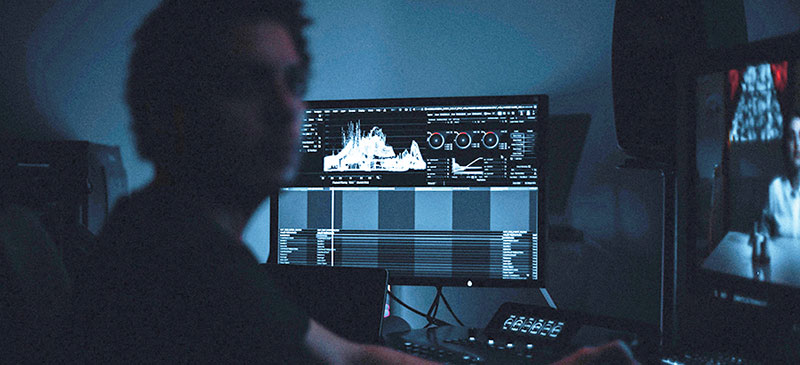
“Because of its compatibility with most types of production software, the card is easy to integrate anywhere in our post pipeline,” he said. “We’ve used it with Adobe Premiere Pro, Adobe After Effects, Foundry Nuke, Baselight, Avid Pro Tools and many others. We can also use it to confidently conduct quality control and preview the output on professional-grade monitors, and find that the audio mixer add-on within the AJA Control Panel significantly enhances its audio monitoring options.”
Despite the recent progress Thahasin and his colleagues see in the movement of digital content online, the transition to cloud storage and global remote collaboration, he notes that challenges concerning latency and speed persist for high-quality digital content delivery. He commented, “I’m currently tracking developments in enhanced encoding technology with lossless compression, which is yet to be improved from the point of content creation to final delivery. I’m looking forward to further developments in these areas in the near future.” www.aja.com




